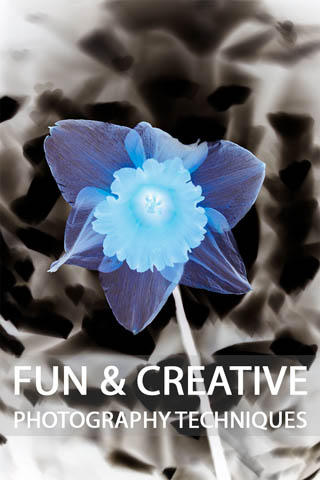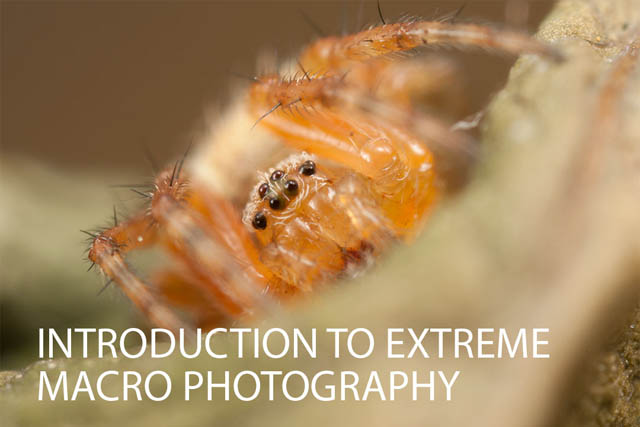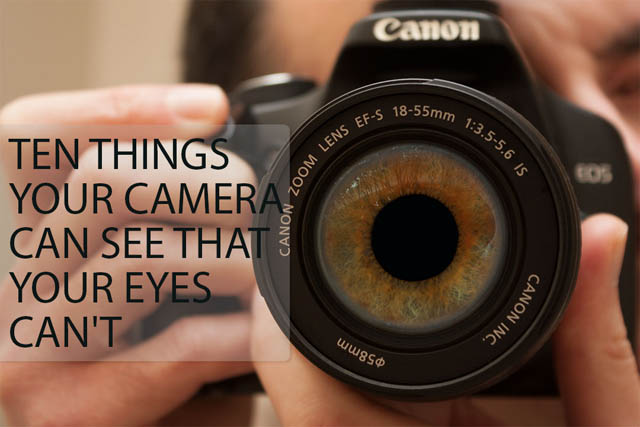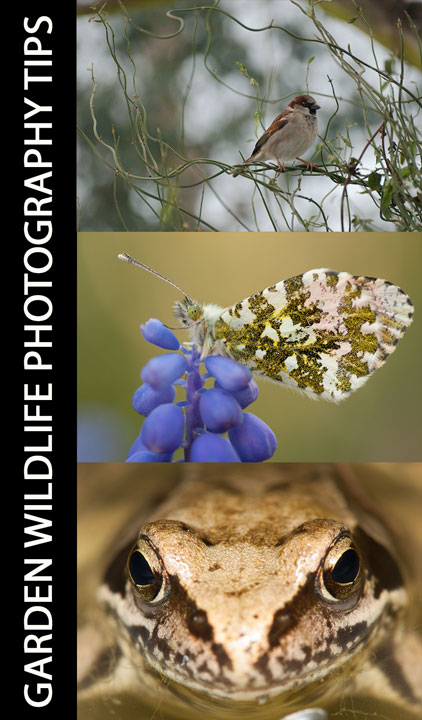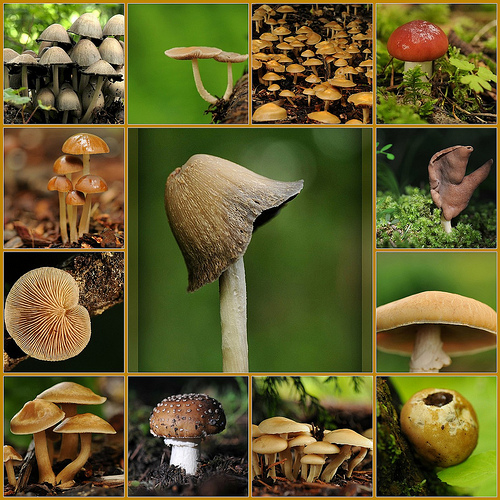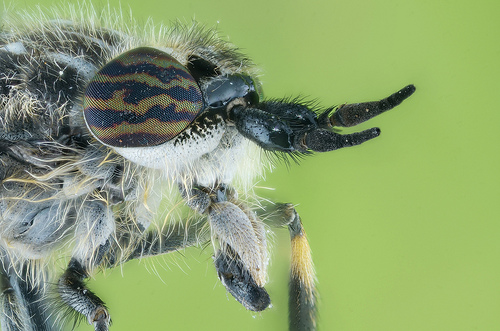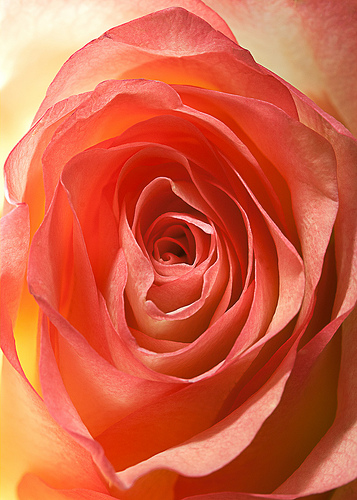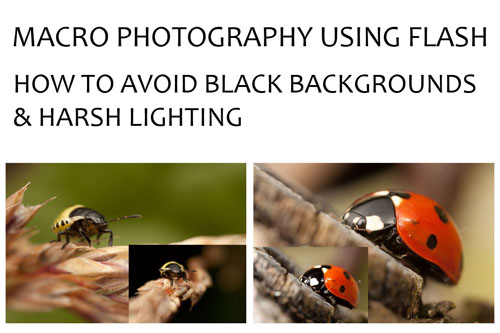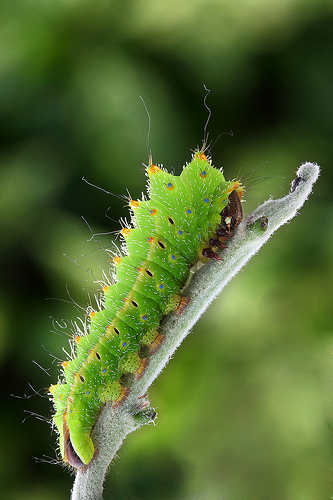Wimberly Plamp 2 Review
The plamp is device designed for holding stems of plants steady without crushing them while you photograph the plant. Its name is a contraction of 'plant clamp'. However, it can also be used for other related tasks such as holding a small diffusion panel over the plant, giving you nicer lighting than harsh direct sunlight.
I was kindly sent a Plamp 2 and accessories by Wimberly to review. Having previously used the first version of the Plamp, in this review I'll cover the differences between the two products, and how the Plamp could be useful for your photography.
Read the rest of this entry »
